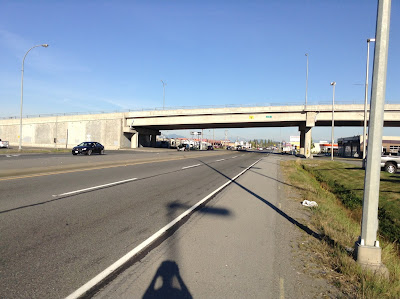Most local governments and publicly-owned organizations in BC adopt their financial plans in the first quarter of their budget year. For example, Langley City’s 2020 financial plan was approved at the end of February. The TransLink 2020 business plan was presented to its board for approval at the end of March.
One of the interesting things about the TransLink 2020 business plan is that it states one of the risks associated with making their budget is “overall economic downturn, becoming more significant due to COVID-19.” They budgeted a $2 million contingency though this likely will not be enough.
I wanted to share some information about the projects that TransLink is proposing in its 2020 business plan, but with the caveat that the COVID-19 pandemic may likely impact the timing of when these projects move forward.
TransLink is proposing to invest $542.8 million in 2020.
One of the things that brings me comfort is that most local governments and publicly-owned organizations like TransLink invest in keeping things in a state of good repair. There is no point in expanding SkyTrain to Langley if all your trains are broken-down, and tracks are worn-out in older sections of the network.
About half of TransLink proposed project spending in 2020 is to keep things in a state of good repair.
TransLink has many projects that are currently on-the-go such as replacing old SkyTrain tracks, buying new buses, building the RapidBus network, contributing to building the Broadway Subway, and building the SkyTrain extension to Langley.
In total, there are $5.5 billion in projects on-the-go. This funding is broken down over many years. Of that $5.5 billion, $2.5 billion is or will be funded by the province or federal government. $380 million is proposed to be funded by TransLink in 2020.
TransLink is proposed to introduce an additional $419 million in new projects starting in 2020. $92 million is proposed to be funded by TransLink in 2020.
Some of the interesting new projects include:
- Renewing the SkyTrain Automatic Train Control systems
- Moving forward with a new Capstan Station on the Canada Line
- Adding braille and tactile information at bus stops
- Replacing the fareboxes on all buses
There are many other new projects proposed for 2020 too.
TransLink also provides funding directly to municipalities for major roads and cycling infrastructure. $81.8 million in new funding is proposed with $23 million to be expended in 2020.
For more information, please read TransLink’s 2020 Business Plan.



















